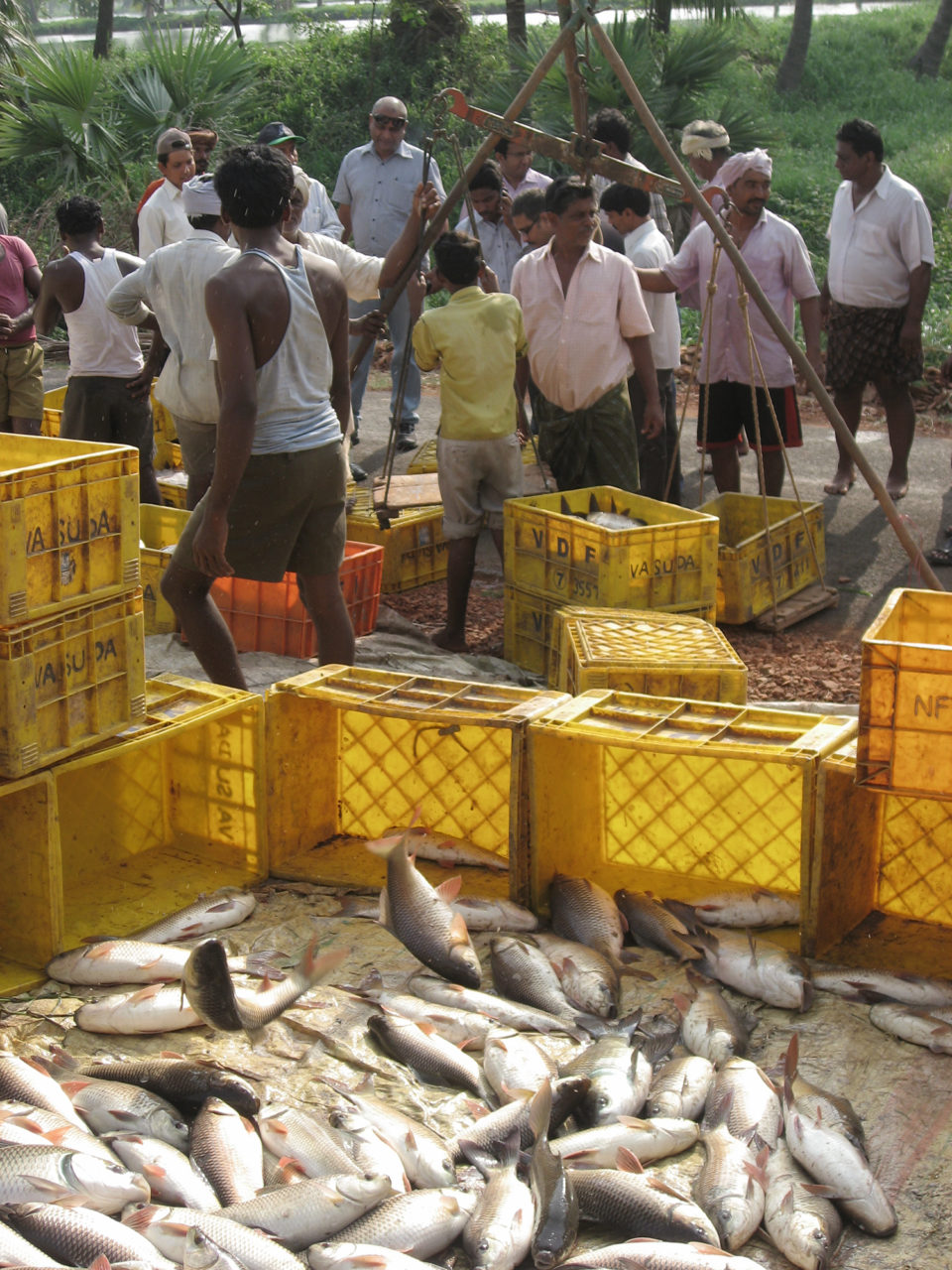
Planning Your Visit to the Everglades During the Dry Season
Are you planning a trip to the park from November through April? These months fall into our dry season, one of the most popular times to visit, due to the lower temperatures, lessening of mosquitoes, and abundance of wildlife. Use this page to help you plan your visit this dry season.
Typical Dry Season Weather Conditions
The Everglades are mild and pleasant from November through April, with low humidity and clear skies. Temperatures reach average highs of 77°F and lows of 53°F. Though strong cold fronts may occasionally create near freezing conditions, such events are rare in this subtropical climate.
- Insects such as mosquitoes and biting flies may still occur in some areas and at dusk and dawn. Mosquito repellent, head nets or bug jackets are recommended.
- Stay hydrated, wear cool loose-fitting clothing, and use sun protection such as hats, sunglasses and sunscreen.
SDGs, Targets, and Indicators Analysis
1. Which SDGs are addressed or connected to the issues highlighted in the article?
- SDG 13: Climate Action – The article mentions the weather conditions in the Everglades during the dry season, indicating a connection to climate patterns and changes.
- SDG 15: Life on Land – The article highlights the abundance of wildlife in the Everglades during the dry season, indicating a focus on preserving biodiversity and ecosystems.
2. What specific targets under those SDGs can be identified based on the article’s content?
- SDG 13 Target 13.1: Strengthen resilience and adaptive capacity to climate-related hazards and natural disasters.
- SDG 15 Target 15.5: Take urgent and significant action to reduce degradation of natural habitats, halt the loss of biodiversity, and protect and prevent the extinction of threatened species.
3. Are there any indicators mentioned or implied in the article that can be used to measure progress towards the identified targets?
- Indicator for SDG 13 Target 13.1: Number of deaths, missing persons, and directly affected people attributed to disasters per 100,000 population.
- Indicator for SDG 15 Target 15.5: Extent of forest area protected or conserved as a percentage of total forest area.
SDGs, Targets, and Indicators Table
| SDGs | Targets | Indicators |
|---|---|---|
| SDG 13: Climate Action | Target 13.1: Strengthen resilience and adaptive capacity to climate-related hazards and natural disasters. | Indicator: Number of deaths, missing persons, and directly affected people attributed to disasters per 100,000 population. |
| SDG 15: Life on Land | Target 15.5: Take urgent and significant action to reduce degradation of natural habitats, halt the loss of biodiversity, and protect and prevent the extinction of threatened species. | Indicator: Extent of forest area protected or conserved as a percentage of total forest area. |
Behold! This splendid article springs forth from the wellspring of knowledge, shaped by a wondrous proprietary AI technology that delved into a vast ocean of data, illuminating the path towards the Sustainable Development Goals. Remember that all rights are reserved by SDG Investors LLC, empowering us to champion progress together.
Source: nps.gov

Join us, as fellow seekers of change, on a transformative journey at https://sdgtalks.ai/welcome, where you can become a member and actively contribute to shaping a brighter future.






